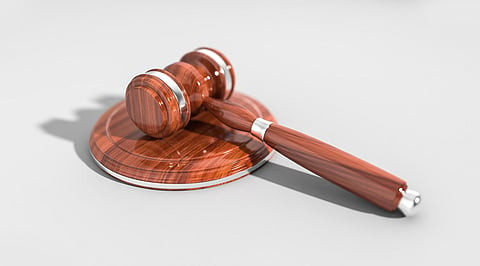Once discovery is completed, the next step is negotiating a settlement outside the courtroom, a preferred method for many parties. Resolving issues through negotiations can save time and legal costs and provide a more efficient resolution. Here, the parties discuss the facts and agree on a compensation amount without proceeding to trial.
In many instances, insurance companies will be involved in these negotiations, requiring plaintiffs to balance their expectations with potential settlement offers. A well-supported claim, with substantial evidence, may result in better settlements. Initial offers may fall below a plaintiff's expectations, prompting some back-and-forth as parties work towards a mutually beneficial agreement.


